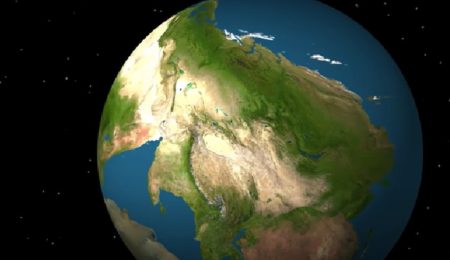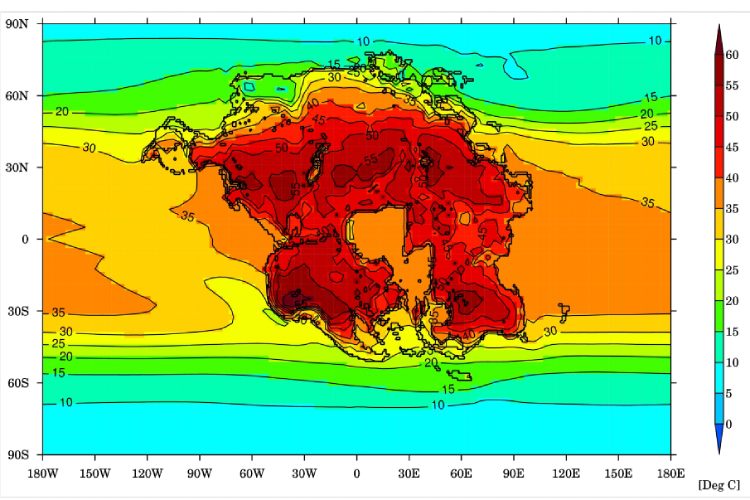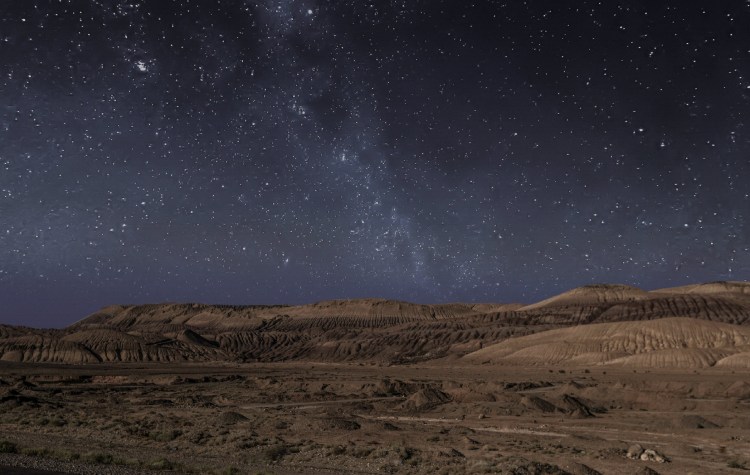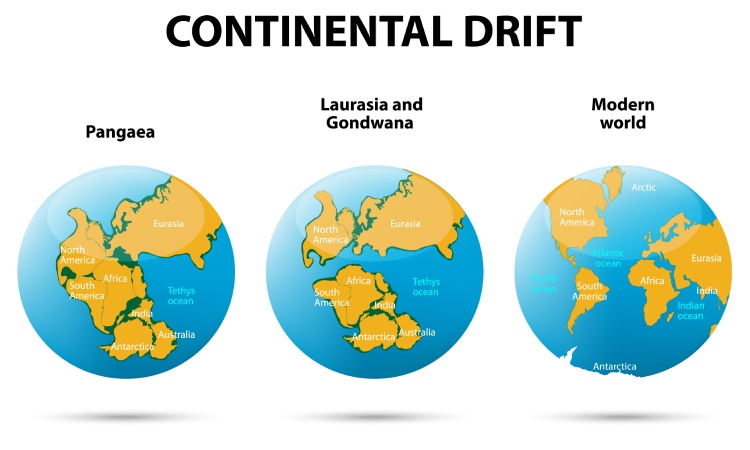Earth Might See Its New Supercontinent, Pangaea Ultima, in the Next 250 Million Years

Earth, as we know, is a diverse tapestry of oceans, continents, and islands. The current configuration of the world may seem everlasting, but it is only a snapshot of time. Our continents have been in a constant state of motion, drifting and arranging themselves over billions of years. When they all converge and become one landmass, they create a supercontinent. These aren’t simply relics of the past, either. New research suggests Earth’s new supercontinent, “Pangaea Ultima,†may be on the horizon.
Table of Contents
Supercontinents Are the Result of a Confluence of Different Natural Forces
Earth’s tectonic plates collide, merge, and form single, gargantuan landmasses known as supercontinents. Plate tectonics, a fundamental geological theory, explains how the movement of Earth’s lithospheric plates leads to supercontinents. The shifting and interaction of these plates over millions of years causes the constant drift of continents on the surface of our planet.
Alfred Wegener proposed the theory of continental drift in the early 20th century, asserting that the landmasses were not fixed in place. Since then, extensive investigations and research have affirmed his theory. Some of the evidence includes the distribution of fossils underground, the way coastlines fit together, and other geological similarities shared between continents that are now oceans apart.
However, continental drift doesn’t happen overnight. It takes millions of years for the continents to collide. Upon collision, they form mountain ranges and the interiors of the continents. As all the continents merge into one landmass, they give rise to a supercontinent. Scientists expect similar processes to occur in the next 250 million years to create Pangaea Ultima.
The Future Pangaea May Be Getting a Lot of Hype, but it Will Be Seventh on the List of Earth’s Supercontinents!

Pangaea Ultima may be the newest possible supercontinent, but it is certainly not the first. Evidence and research point to Earth playing host to several supercontinents throughout its history. The most recent one, Pangaea, existed 335 to 175 million years ago, during the late Paleozoic and early Mesozoic eras. Five supercontinent are said to have occured before Pangaea viz Vaalbara, Ur, Kenorland, Columbia, and Rodinia.
Pangaea Ultima, the seventh supercontinent, will be a culmination of Earth’s tectonic movements over the next 250 million years. Researchers speculate the formation of Earth’s new supercontinent after running simulations on a supercomputer, and they published the findings in the journal Nature Geoscience. These simulations forecasted the formation of a new supercontinent located in proximity to the tropical region near the equator. Along with the geolocation, we also have a forecast of the atmospheric changes that could occur.
The New Supercontinent, Pangaea Ultima, Will Have Extreme Climatic Conditions

The formation of supercontinents requires tectonic plates to collide and merge with each other. The immense pressure of these collisions leads to the creation of mountains and volcanoes. In fact, increased volcanic activity is a prominent feature of supercontinent formation. We can expect the same to occur if Pangaea Ultima forms.
Volcanic activity affects not only the land but also Earth’s atmosphere. Eruptions release large amounts of gasses, such as carbon dioxide, into the environment. The accumulation of these gasses has a significant impact on the climate, such as higher temperatures and weather pattern disruptions. The researchers suggest that Earth’s temperature may reach a staggering 40-50 degrees Celsius (104-122 degrees Fahrenheit) or even higher.
Apart from above, the researchers also believe that along with increased temperature the weather conditions will become so humid that humans might cease to exist.
What Happened to the Life Forms When the Previous Supercontinent Was Formed on the Earth?

Although Pangaea Ultima might not have inhabitable climatic conditions for humans, it doesn’t necessarily mean that all life on Earth will cease to exist. At least that is what the formation of the previous supercontinent “Pangaea†indicates.
Experts and geologists suggest that the formation of Pangaea was partially responsible for a mass extinction event in the Permian period. The emergence of Pangaea had a significant impact, particularly on marine life. As the supercontinent formed, shallow water habitats gradually decreased, and the land barriers prevented cold water from flowing from polar regions to tropical areas. This led to a drop in oxygen levels in the water bodies of the warmer regions on Pangaea.
Consequently, as much as 95% of Permian marine creatures were wiped on from the face of the Earth. However, the story didn’t end there. Both dinosaurs and mammals emerged during the Pangaea era. Not only did they come into existence, but they also thrived on Earth for millennia before going extinct approximately 65 million years ago. The era also witnessed the emergence of Pterosaurs and Ichthyosaurs. While Pterosaurs were sky creatures, Ichthyosaurs took to the oceans surrounding the Pangaea.
Humanity Might Need to Look to the Sky to Find a New Home in the Universe

The future of humanity on Pangaea Ultima may seem futile, but one thing that distinguishes humans from other species on Earth is their resilience. There’s a good chance for us to find a new home on a habitable planet outside our solar system, known as exoplanets. Researchers have already discovered over 5,000 of them!
Space colonization may sound like science fiction, but it could become a reality in the near future. Elon Musk, the CEO of Tesla and the founder of SpaceX, has stated his plans to collaborate with NASA for Artemis III, the next moon mission scheduled for 2025. The Starship, the spacecraft being developed for this mission, could help establish a lunar base. Musk also intends to colonize Mars with a city of one million people by 2050.
Serkan Saydam, Deputy Director of the Australian Centre for Space Engineering Research and a professor at the University of New South Wales in Sydney, shares this vision and believes that humans could have a colony on Mars by 2050. With China planning to send human crews to Mars in 2033 and NASA aiming to send astronauts in the late 2030s or early 2040s, the journey to find a new home for humanity does not seem so distant.
























